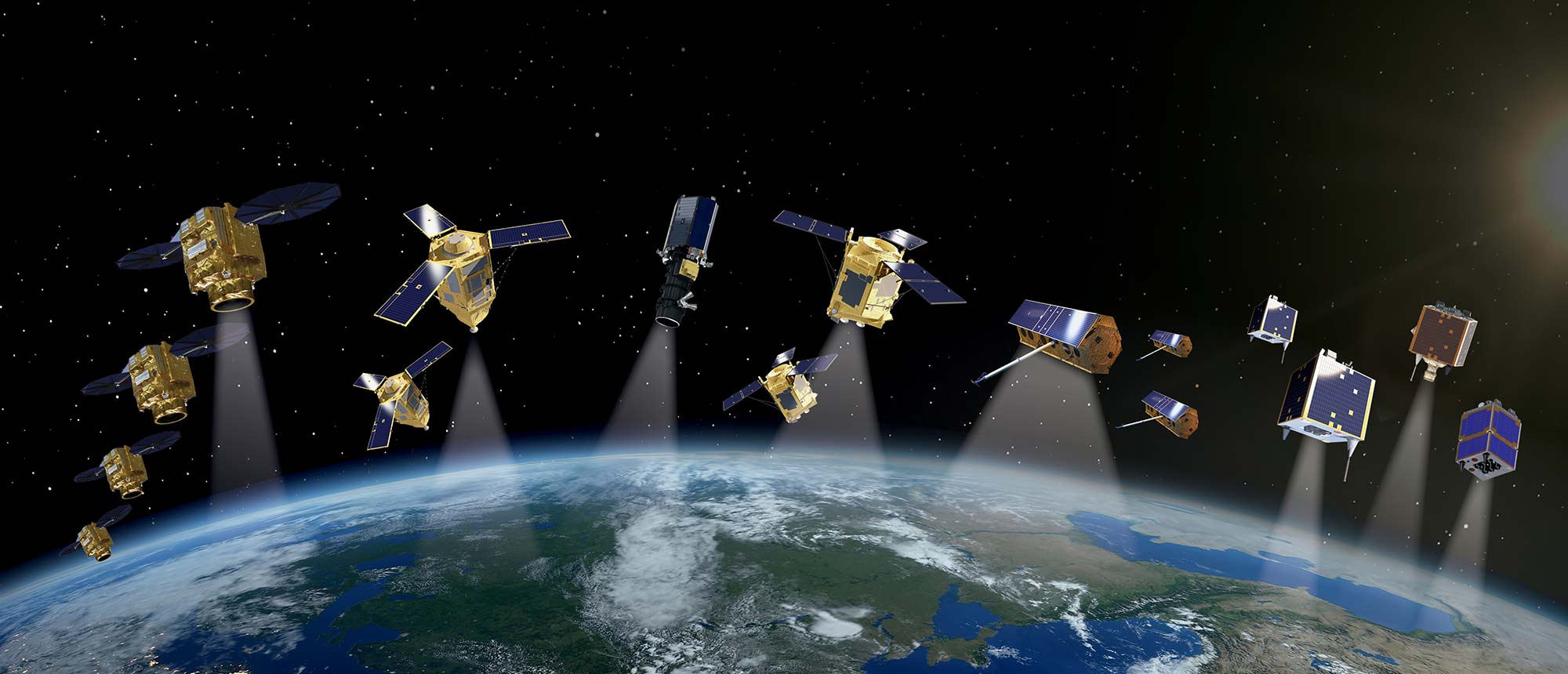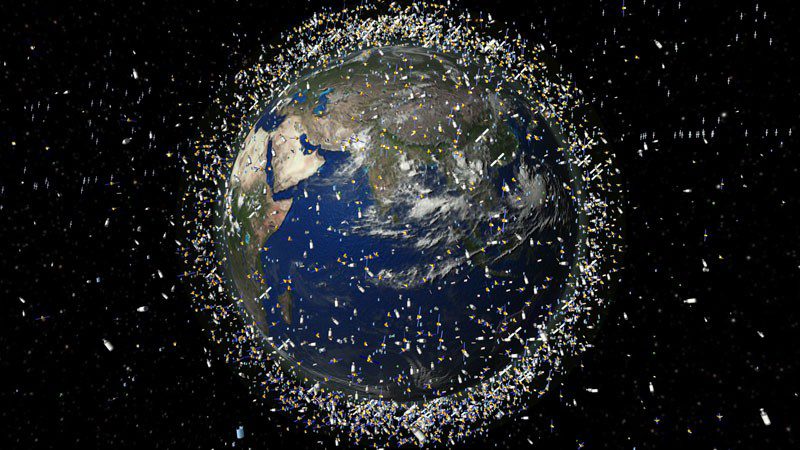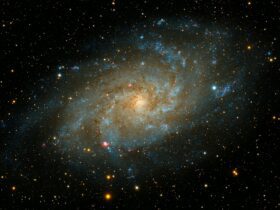Massive networks of satellites are being launched, making it more challenging to acquire a clear glimpse of the universe.
These fast-moving, low-orbiting spacecraft create brilliant streaks in telescope photographs.
The International Astronomical Union is developing a new center to concentrate the community’s reaction.
The effort will be directed by the National Optical-Infrared Astronomy Research Laboratory (NOIRLab) in Tucson, Arizona, and the Square Kilometre Array Organisation (SKAO) in the Manchester United Kingdom. The latter is mainly concerned with the influence of satellites on radio astronomy.
The National Centre for the Protection of the Dark and Quiet Sky from Satellite Constellation Interference will speak for astronomy as a single voice.
Elon Musk denies claiming that he is monopolizing space
It will work with and encourage satellite businesses to make every attempt to reduce the amount of light pollution they produce.
However, it will also pursue lawmakers all over the globe to tighten restrictions on what constitutes acceptable behavior in space.
The IAU’s central aim is to adopt a cooperative approach with industry and have them build a voluntary corporate culture that strives to reduce these problems, as University of Arizona’s Richard Green stated.
The substantial decrease in the cost of rocket launches, coupled with a corresponding decrease in the cost of producing satellites, has prompted a rush to deploy new infrastructure in the sky.The constellations proposed to offer broadband internet connections from space are acutely important.
This entails launching hundreds to thousands of satellites only a few hundred kilometers above the Earth.

They travel fast across the sky at this height, and at dawn and dusk, when the Sun is low on the horizon, they catch the light and draw a brilliant line across the exposure of a telescope.
If the satellites’ broadcasts are not strictly restricted, they may also spill over the frequencies utilized by radio antennas in astronomy.
Everyone Wants His Own Satellite
Two internet projects, US entrepreneur Elon Musk’s Starlink network and the UK-based OneWeb venture are at the forefront of the new generation of constellations, having launched nearly 2,000 satellites between them.
However, both have ambitions for many, many more.
Other businesses and countries feel the same way.
Jeff Bezos, the creator of Amazon.com, is working on his Kuiper network. And the European Union, for example, hopes to have its own broadband network in orbit by the middle of this decade.
Federico Di Vruno, co-director of the new center and member of the SKAO, said that allowing a free-for-all would jeopardize crucial work.
He mentioned radio detectors that examine the cosmic microwave background, the earliest light in the sky that provides a view of the structure and contents of the universe immediately after the Big Bang.
According to him, the downlinks from the constellation satellites might blind these detectors. Dr. Di Vruno has highlighted the problem of planetary defense in optical/visible astronomy.
At optical wavelengths, observations with lengthy exposure periods will be most impacted, especially in the hours near to twilight and while viewing low on the horizon. A perfect example would be the worldwide asteroid warning network’s possible dangerous asteroid studies, as he stated.
As the number of satellites continues to expand, astronomy faces a watershed moment of growing interference with observations and loss of research, said Connie Walker, the other co-director of the new center.
By the end of a decade, at a typical dark-sky observatory position, more than 5,000 satellites will be above the horizon at any one moment.

The Sun will light a few hundred to several thousand of these satellites. Depending on the time of day and season, these satellites will be observable by even the tiniest optical or infrared telescopes.
Soon after launch, Starlink satellites were observed above Carson National Forest in New Mexico.
The new center will instill in firms the need to provide precise and up-to-date information on the coordinates of their satellites so that their motions may be predicted when organizing astronomical studies.
The facility will also serve as a venue for the industry to explore voluntary actions that might be taken to reduce the intrusiveness of satellites.
SpaceX and OneWeb’s readiness to discuss how they may minimize the reflectance of their spacecraft by using alternative coatings or sunshields is an excellent example.












Leave a Reply